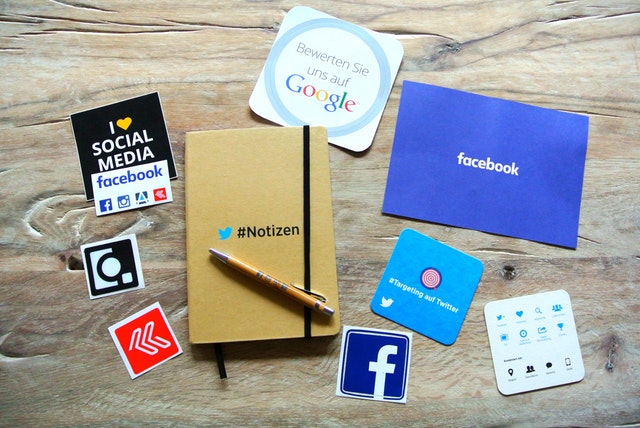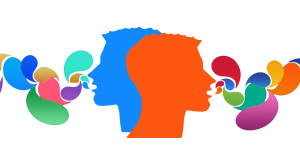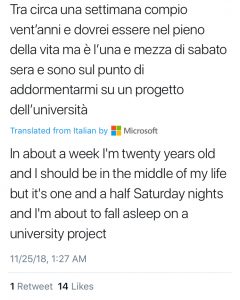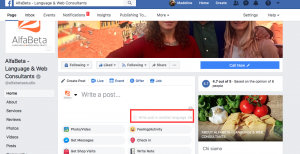Every business owner has multiple social media accounts under his or her belt, this is a given. With social media comes a wider reach of customers and followers and ways to connect with them on a deeper level. However, with a tool that connects you with people on a worldwide scale how are you able to properly communicate with everyone? Something eloquently spoken in English using 140 (or more) characters on Twitter is not going to translate the same way in Italian or German. Using the machine operated translation features on social media can only get someone so far, and creating separate pages can become a bit of a hassle. A customer having to look around to find the page in their language can take up too much time and leave them feeling annoyed before they even look at what your company has to offer in regards to products and services. So if you want to know the best ways to accurately translate your social media pages, look no further! Here are the best and worst trends across social media for translation and how to navigate them.
Translating Tweets
Twitter is pretty standard when it comes to translation, they use a software (partnering with Microsoft) to automatically translate your tweets. However when using an automated software the translations can vary. In their own disclaimer Twitter admits to the translations of tweets not being 100% accurate which is why they keep the original text above the translation. Microsoft Translator is the not the worst translating software out there, they can translate over 6o languages. That being said, the translations are very mechanical and can have many mistakes. For simple tweets it could maybe be passible but for irony or more complicated descriptions the posts do not come out right. In the case of Twitter it is probably best to hire someone that speaks the language that is second to your company’s native one, and have them type out tweets that match your original ones. That way you get the most amount of traction for your target audiences.
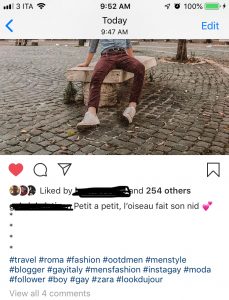 |
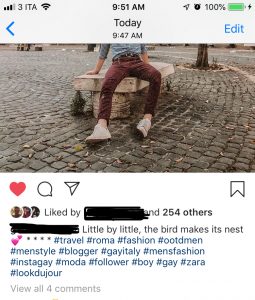 |
…Instagram, More of the Same
Instagram has the same type of translation settings as Twitter, but how you deal with these automated translations should be different. Twitter is all about the words! In order to gain followers on that site, you have to be funny or intelligent or offer something unique with the words that you use. Instagram is inherently different, being that what is important on the platform are the pictures that you post. The caption adds a little extra to the picture, but it’s not the determining factor on whether you will gain followers or not. That’s why it’s better to have one Instagram page, with one post and one caption. Separate pages for separate languages can be irritating for viewers, especially when it only really boils down to the quality of the picture. You can however switch up what languages you use for your captions! Many Instagram influencers that travel a lot tend to use different languages when writing their captions, so it is perfectly fine to do the same for your business. Let the automated translator handle the caption for this app, it’s not as important.
Facebook’s Ahead of the Game
For many years Facebook was no different than its Twitter and Instagram counterparts. The website had automated translations for your posts so that followers that spoke different languages could understand them at a minimal level. However, now the platform has evolved in terms of translation. The website allows you to customize and write your own translations for your posts if you want. This is so your followers can press the “Translate” button and then view the post in your own words. This tool is very useful to business owners who want to engage with their costumers across the globe. If you have access to a translator or there is a person within your company that speaks multiple languages, you should definitely use this tool. This is the best way to accurately communicate with your global market.
If you’re in need of translation help for your social media apps, contact us and let us know!
Andrea Spila è traduttore e web writer. Prima di laurearsi in filosofia e di ottenere un dottorato in pedagogia sperimentale, ha insegnato l'inglese nelle scuole materne ed elementari. Ha lavorato anche come interprete, in particolare per scrittori e artisti, tra i quali spiccano Rebecca Solnit e Ken Loach. Nel 1999 ha fondato Traduttori per la Pace, un'associazione di volontari che offrono le proprie competenze alle organizzazioni della società civile impegnate nella difesa dei diritti umani e dell'ambiente.
Oltre a scrivere, Andrea ama cantare, arrampicare e andare in canoa.

